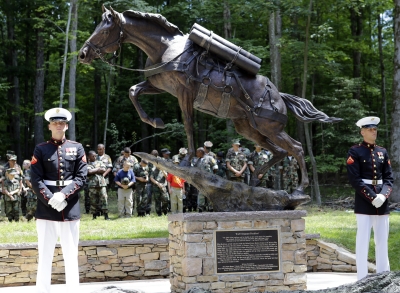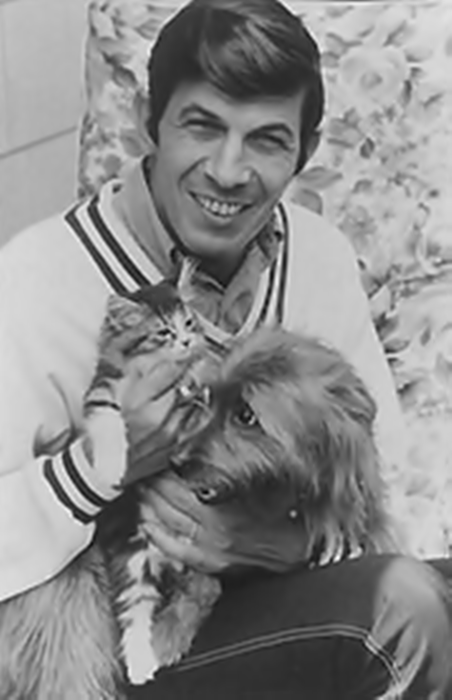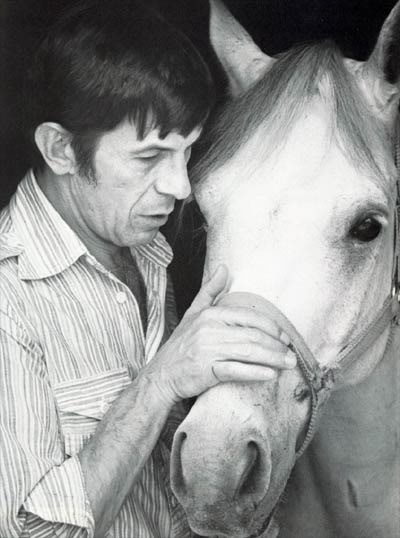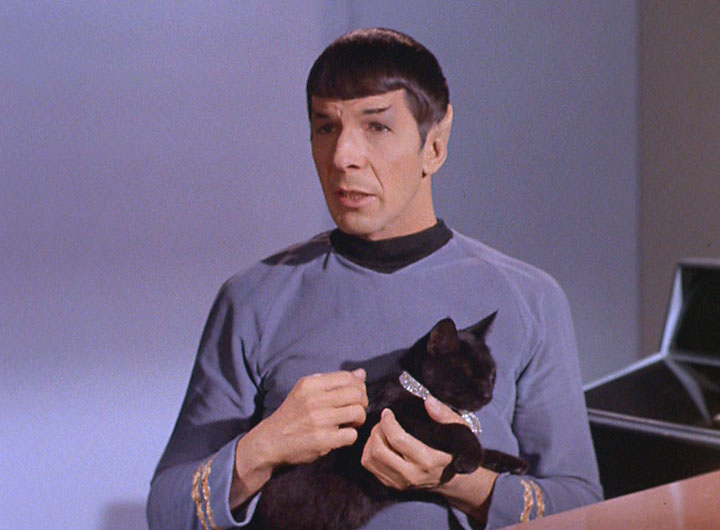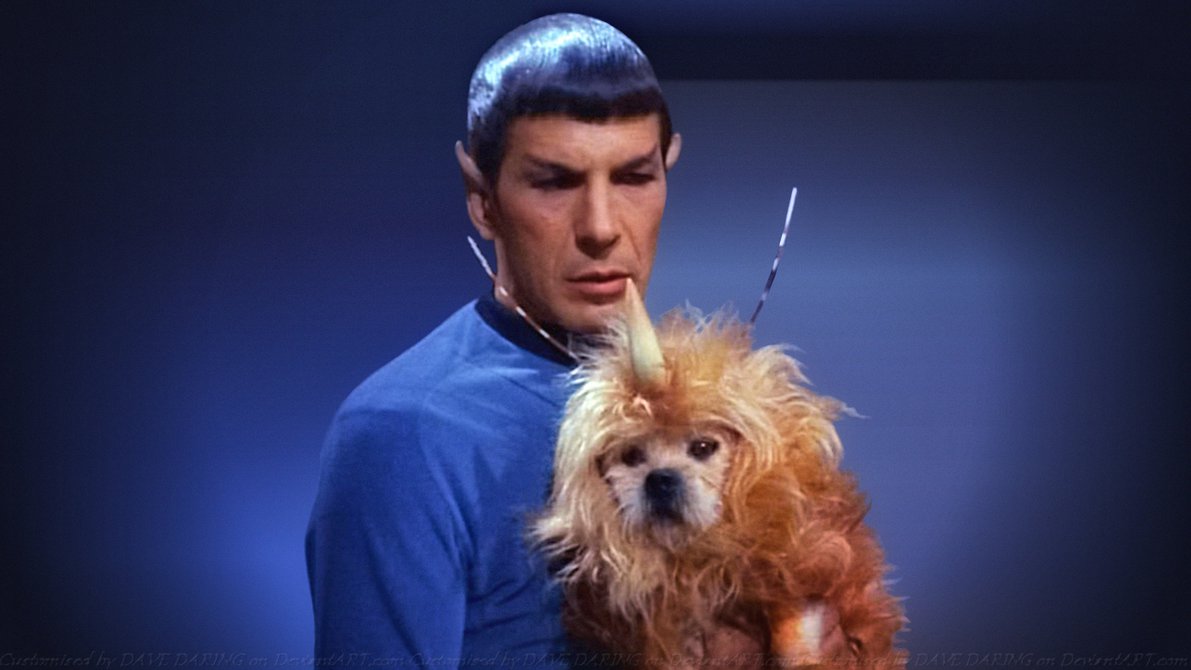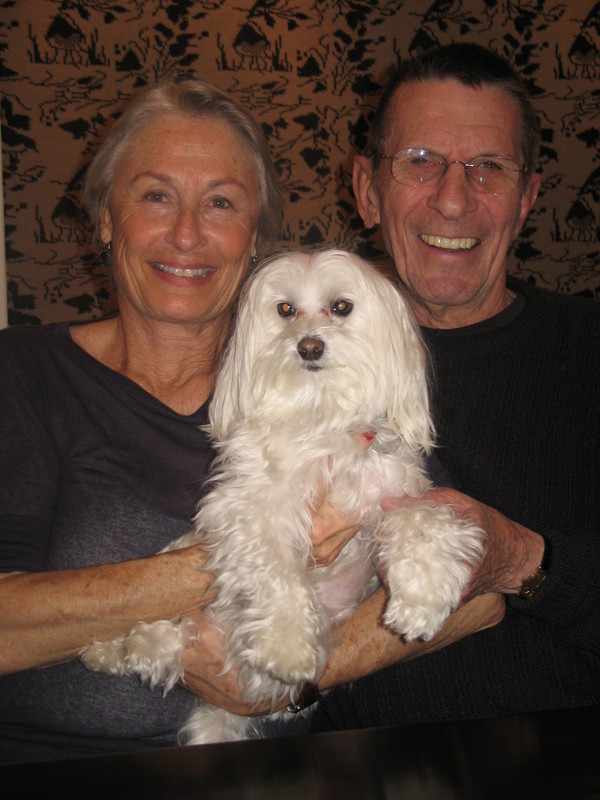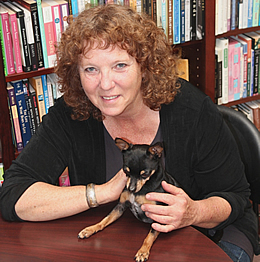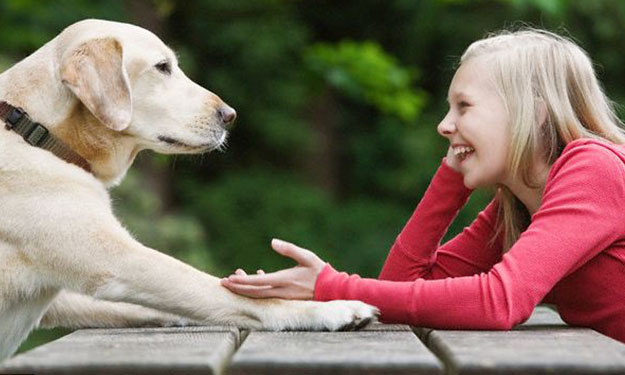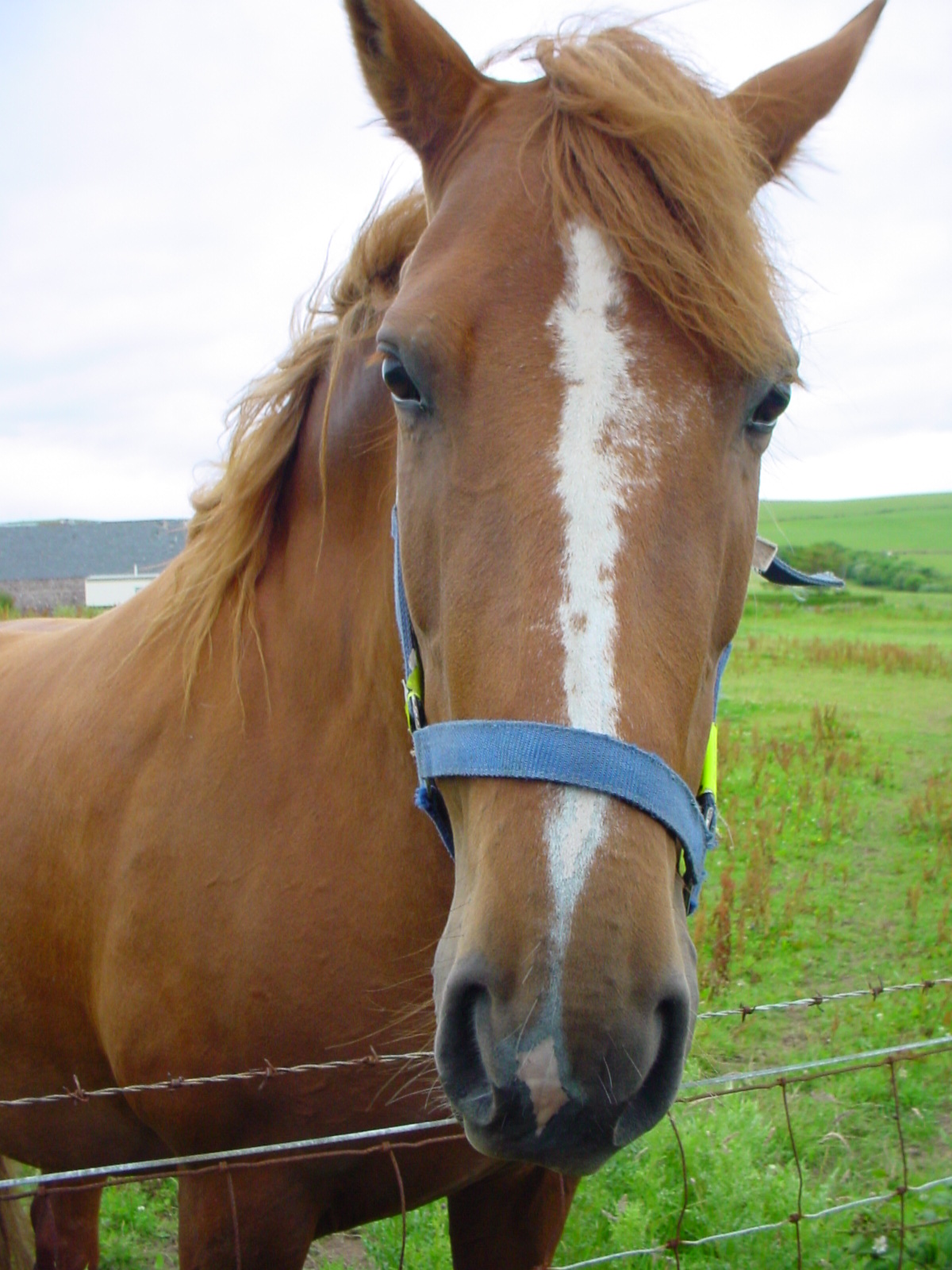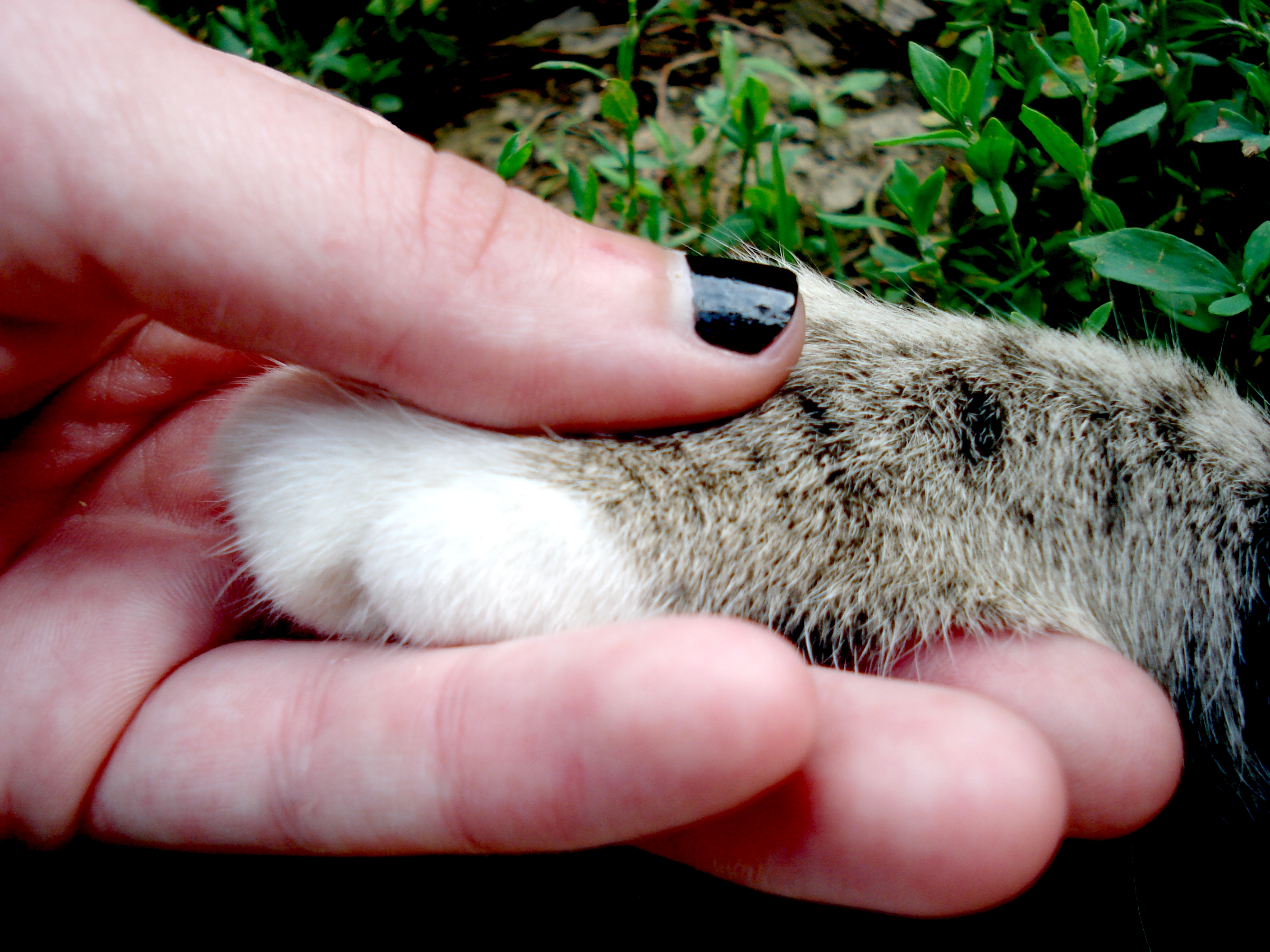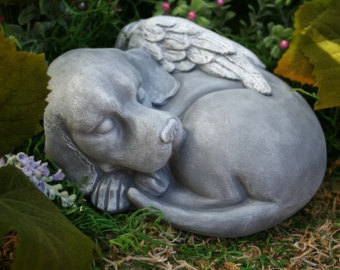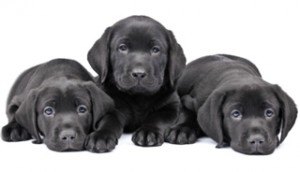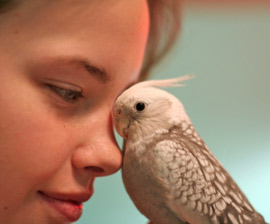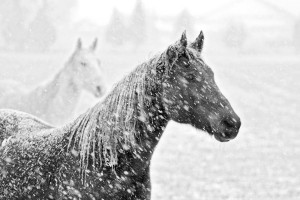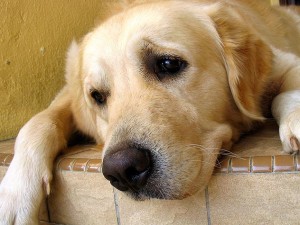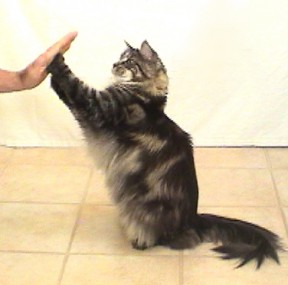In this day and age of technology, where tanks and drones have made combat much less personal, many have forgotten the times when horses, mules, dogs, even camels and birds served their country, putting their lives on the line, along with the soldiers who worked with them. Many assume that animals no longer serve alongside their human counterparts. It is for this reason, and because we are who we are here at Your Pet Space, that I would take this day to share a story with you about an animal who served her country. She was once famous enough to have television personalities begging for her to come on their shows, but now the horse who was a household name has begun to slip through the fog of fading memory. She is becoming a forgotten warrior from a forgotten war and it is my hope that this post will begin to change that. With no further babbling, it is my pleasure to introduce Staff Sergeant Reckless.
Born in Korea and originally named Ah Chim Hai (Flame-of-the- Morning), Reckless started life as a racehorse, training at the Seoul Racetrack. When war began, her owner, Kim Huk Moon (a pseudonym used at the owner’s request to remain anonymous), found himself faced with a very hard decision. He could keep the horse that he so desperately loved, or sell her to the United States Marines for $250, money he desperately needed in order to purchase a prosthetic limb for his sister, who lost her leg when a mine exploded near her. In what must have been the most difficult choice he would have to make, he sold his horse, sending her on a journey that no one would ever have expected.
War began in Korea in 1950 and it didn’t take long for American troops to enter the fight on South Korea’s behalf. We were fighting against communism and we fought hard. At the war’s end in 1953 nearly 40,000 soldiers were killed and 100,000 wounded. If you were to combine the losses of all soldiers and civilians from both sides, your count would reach nearly 5 million. As the battles raged, the Anti-Tank Company of the 5th Marines faced a serious problem. Terrain where they were stationed around Kamon-dong was steep and they were fighting with a recoilless rifle, which is basically a six foot long, 115 pound tube that sits on a tripod and fires 75mm shells. It was designed for use on the front lines and you would think that would make it easily portable, but the opposite was true. In the steep terrain in the area of fighting around Panmunjom, using a recoilless rifle was unbelievably loud, backbreaking work that required firing a few rapid shots, dismantling the rifle and hauling it to a new location before it was able to be targeted by incoming fire. In the icy Korean winters, trucks simply weren’t an option for moving the rifles up and down the inclines, so men carried the weapons and volatile ammunition on their own. It took several of them to do the job, often two would carry the gun, one would take the tripod, and the ammunition (each round measuring 4 and ¾ inches in diameter, 29 inches in length, and weighing 24 pounds) would go on the backs of the soldiers, typically two rounds per man and these rounds were live.
It was the commander of the platoon, Eric Pedersen, who realized a horse would make this work a lot easier and was given permission for the purchase. When Ah Chim Hai arrived the soldiers named her Reckless, after the recoilless rifle that she would carry. The men built her a bunker to standard specifications, covered her with a green Marine blanket at night and on the especially cold nights, allowed her to come into their tents and sleep by their stoves. She eventually became so familiar with the marines that she came and went into tents as she pleased, making them part of her herd.

Reckless at Chang-dan, Korea, with TSgt. Joseph Latham, the Marine who put her through ‘hoof camp.’ A Seoul race pony, she thrived on bacon and eggs.” Caption courtesy the Saturday Evening Post.
Just like any soldier, Reckless was put through training. In “hoof camp” she was taught to step over wire, lie down, kneel, and shown how to take cover into a bunker when there was incoming fire. She wanted nothing but to please her new herd and she worked hard to learn all of these skills. Eventually she was fully capable of ducking and covering just like any human Marine in her platoon. They prepared her as much as possible for actual combat, but when the time came it was certainly hard on her. Even though she was carrying about 150 pounds at the time, Reckless jumped completely off the ground when she encountered her first taste of real weapons fire from the recoilless rifle. By the third blast she had calmed enough that she no longer flinched, but she sweated horribly, a sure sign that she feared for her life. Still, under all of that stress, she and her handler delivered 5 loads of ammunition before the battle was over.
Reckless took part in many other battles and grew as accustomed to the noises as was possible for a Marine. (Though it has been noted she had nightmares, even after she retired and some Marines believed she was reliving those days the way she kicked and ran in her sleep.) New accommodations had to be built for her everywhere she went and at times her fellow Marines would throw their own flak jackets on her to protect her from incoming fire. Everyone did these things willingly, to protect one of their own who was fighting by their side. In these battles Reckless would repeatedly climb the steep terrain, carrying the ammunition for their rifles on her back. Over and over again she would take a running start and go as far as she could, pause, then move on when she was able. Often she made these trips on her own, with no one leading her. She made the choice to take the ammunition to the Marines and return again for another load, and she did it with all of the strength she had in her, sometimes from daybreak to sunset, all while carrying up to 144 pounds of live ammunition on her back.
battle for outpost Vegas
It was the battle for outpost Vegas that she is best known for, a battle that is thought of as unequal to any other when it comes to the savagery of war. This was the defining battle of the Korean War, one that saw Reckless climbing a 45 degree incline at a trot or a gallop, desperately trying to maintain her balance with the extreme weight of the ammunition on her back. Some of the men were helping, but Reckless made two trips for every one of theirs and she carried eight rounds at a time. Through all of her fear at the incoming fire, Reckless never went slack on her duties, she charged up the hill again and again, ducking down with the Marines in their bunkers when enemy fire hit, then heading back down the hill once she was given the all clear. On occasion she was given a rest and rub down, taking some food and water, but for the most part, she continued on bravely, sometimes rescuing a wounded man from the fighting and carrying him down to safety only to be loaded with ammunition and head back up the hill immediately after.
It was on two of these trips that Reckless was wounded. On one climb up the hill, shrapnel cut her head, just above her left eye, and on another she was struck in her left flank, but like a true Marine, she continued on, wound and all. At the guns she was treated with iodine and sent back down for more ammunition. Again she went willingly, though by the end of the battle she was beginning to slow her pace. To quote the book by Robin Hutton, “No matter how tired she was, the mare with an almost incomprehensible sense of duty just kept going.”
In that one day Reckless made 51 round trips, carrying 386 rounds of ammunition, and walking more than 35 miles up and down that hill, most of the time on her own through heavy fire. Many marines talk about what an inspiration it was to see that small, Mongolian mare climbing the hills by herself, coming with everything they needed in order to continue to fight. She worked so hard and kept the men so well stocked that the barrel of one of the guns actually melted from use.

Reckless is promoted to sergeant. On the platform (L to R: Gen. Pate, Capt. Andrew Kovac, Col. Elby D. Martin Jr. listen as MSgt. John Strange reads the citation. Standing beside Reckless are Sgt. Lively (L and TSgt. Dave Woods (R).
When the war was over, a campaign was started to bring Reckless to American soil. In her time in Korea Reckless had been officially promoted to the rank of Sergeant and had been given the appropriate ceremony for said promotion. This was not an honorary title, this was the real thing, as was befitting a marine who had earned two Purple Hearts, a Marine Corps Good Conduct Medal, a Presidential Unit Citation with Star, a Navy Unit Citation, a National Defence Service Medal, a United Nations Service Medal, a Korean Service Medal with three stars, a Republic of Korea Presidential Unit Citation, and the French fourragere, awarded to the 5th Marines after World War I. She wore all of those decorations, and her sergeant stripes on her specially made red and gold blanket. At this time Reckless was a household name and when she finally came to her new home in America, she came home as a hero.

Who needs cake when there are carnations? Reckless eats the centrepieces. (Reception at the Marines’ Memorial Club and Hotel).
There is so much more to say about Reckless; how she continued to work with the Marines at her new home in Camp Pendleton, how she attended official functions, made public appearances, and was promoted one last time to Staff Sergeant. In all of this time she was treated as a the true marine she was: some would salute her and no one that she outranked was permitted to lead her at official functions, as that would mean they were giving her orders. Reckless became a mother four times over, giving birth to three sons, two of which (PFC Fearless and Private Dauntless) were given ranks, while her third son Chesty became a trail horse. Sadly, her unnamed daughter died prematurely and all of her sons were gelded, so there are no grandchildren to carry on her bravery and determination to the next generation. All of these things (and many more) can be found in Robin Hutton’s book Sgt. Reckless: America’s War Horse. What I would like to conclude with is a note on how you can honor this brave marine.
Robbin Hutton and others have fought for years now to bring the bravery and determination that was Reckless back into the public eye. In July of 2013 the Marine Corps finally unveiled a statue titled “An Uphill Battle,” a statue of Reckless created by Jocelyn Russell. The statue resides in the grounds at the National Museum of the Marine Corps and Heritage Center in Triangle Virginia and contains in its base a small sample of the hero’s hair, installed there by Robbin herself. The statue came about through generous donations to the Sgt. Reckless Memorial Fund (including donations by Betty White and William Shatner), a process which continues to the day of this writing in order to install a memorial at Camp Pendleton.
I encourage everyone who reads this to pick up Robbin’s book and properly experience the life of Sergeant Reckless in a way I am unable to do here. I would give you a more in-depth review, but this story is about Reckless and I know Robin would want it this way. I will say that almost all of my knowledge of Reckless came from devouring the pages of her book.
If you are so inclined, you can join the Sergeant Reckless fanclub on Facebook or go to the official webpage and make a donation to her Camp Pendleton Memorial Fund. On this Memorial Day, let us decorate the grave of a true Marine.
Thank you for your service, Staff Sergeant Reckless.
All photos and captions in this post come as printed from Sgt. Reckless: America’s War Horse and were contributions from the Author. I would like to thank Robin Hutton for her help in sharing this story with us.
Mirrani Houpe, our Small Animal Editor, has had rats since she took home her first little boy once they both completed the second grade. Since that time she has owned, rescued and bred many kinds of rats, from many backgrounds. She may not be a vet, psychology major, or scientist, but her babies have her very well trained when it comes to how to care for them. She is constantly working with her family’s veterinarian to come up with new and innovative ways to love and care for the most often misunderstood rodent in the pet world. You can e-mail her at mirrani@yourpetspace.info




